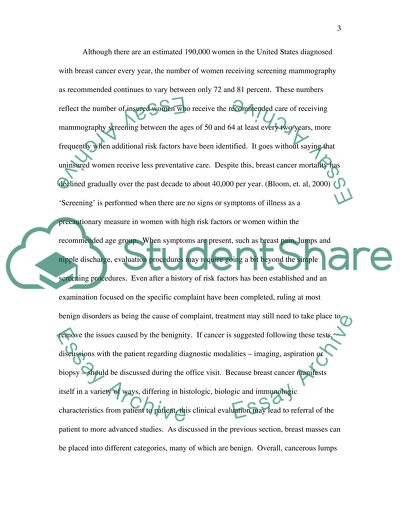Cite this document
(“Breast Cancer research paper Essay Example | Topics and Well Written Essays - 1500 words”, n.d.)
Retrieved from https://studentshare.org/environmental-studies/1417629-breast-cancer-research-paper
Retrieved from https://studentshare.org/environmental-studies/1417629-breast-cancer-research-paper
(Breast Cancer Research Paper Essay Example | Topics and Well Written Essays - 1500 Words)
https://studentshare.org/environmental-studies/1417629-breast-cancer-research-paper.
https://studentshare.org/environmental-studies/1417629-breast-cancer-research-paper.
“Breast Cancer Research Paper Essay Example | Topics and Well Written Essays - 1500 Words”, n.d. https://studentshare.org/environmental-studies/1417629-breast-cancer-research-paper.


